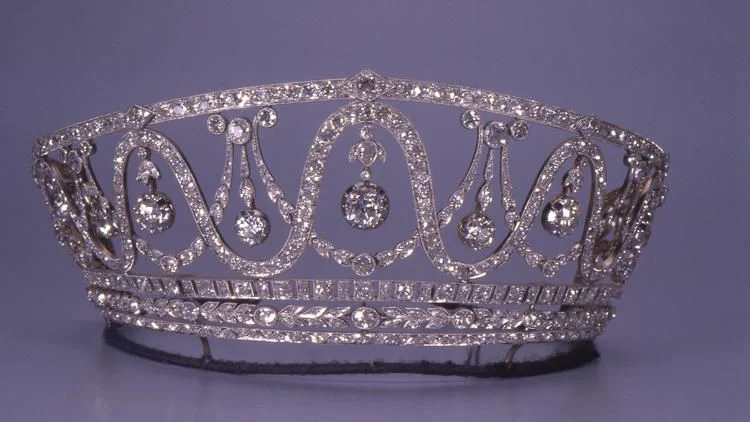$1.31 million Ornate Tiara Stolen From German Museum
/(Landeskriminalamt Baden-Württemberg
Originally reported By Brigit Katz smithsonian.com
German museums might want to start beefing up their security. In late April, a group of thieves stole the world’s largest gold coin from the Bode Museum in Berlin—somehow going undetected as they made off with the 221-pound chunk of change. Now, another German institution has been hit by thievery. As the Associated Press reports, a diamond-encrusted tiara was recently pilfered from the Badisches Landesmuesum in the city of Karlsruhe.
The gold and platinum tiara is adorned with 367 diamonds and has been valued at about $1.31 million. It was locked up in a cabinet in the museum’s throne room prior to the theft, which was discovered on April 29.
The tiara once belonged to Grand Duchess Hilda von Baden, according to The Columbus Dispatch. She was married to Grand Duke Friedrich II, who ascended to the throne in 1907 and ruled over the territory of Baden. A statement from the Badisches Landesmuesum says that the headpiece may have been crafted for the occasion of Friedrich II’s coronation. The couple’s reign, however, was short-lived: Friedrich II was forced to abdicate in 1918, after Germany’s defeat in WWI.
Baden-Wuerttemberg criminal police said they are now looking for witnesses who may have seen something fishy around the time of the theft.
Brigit Katz is a journalist based in New York City. Her work has appeared in New York magazine, Flavorwire, and Women in the World, a property of The New York Times.


















